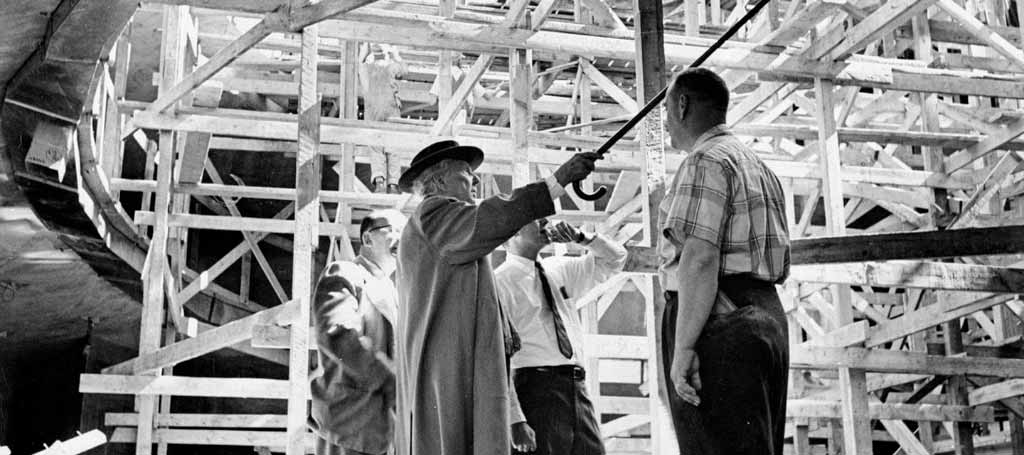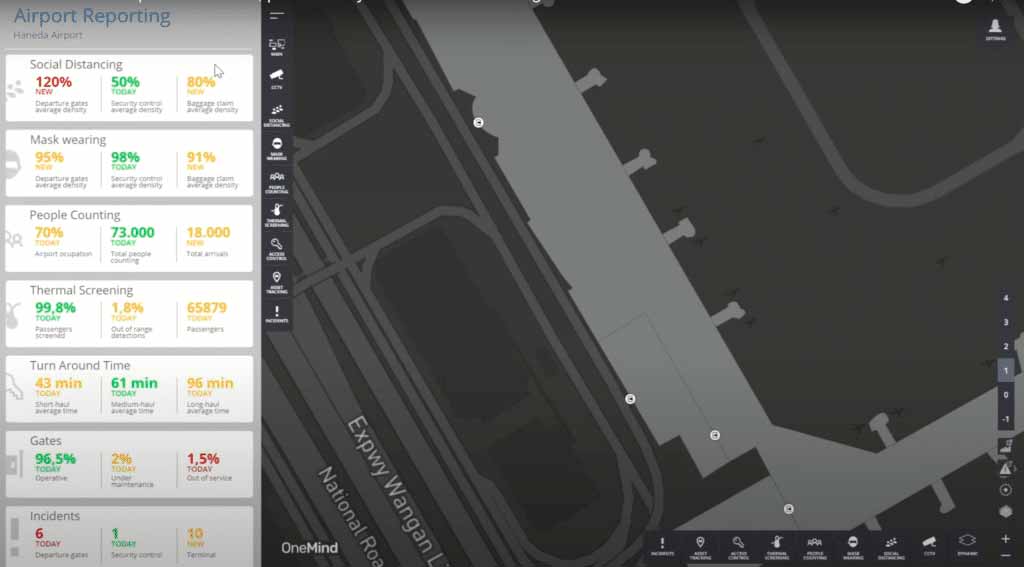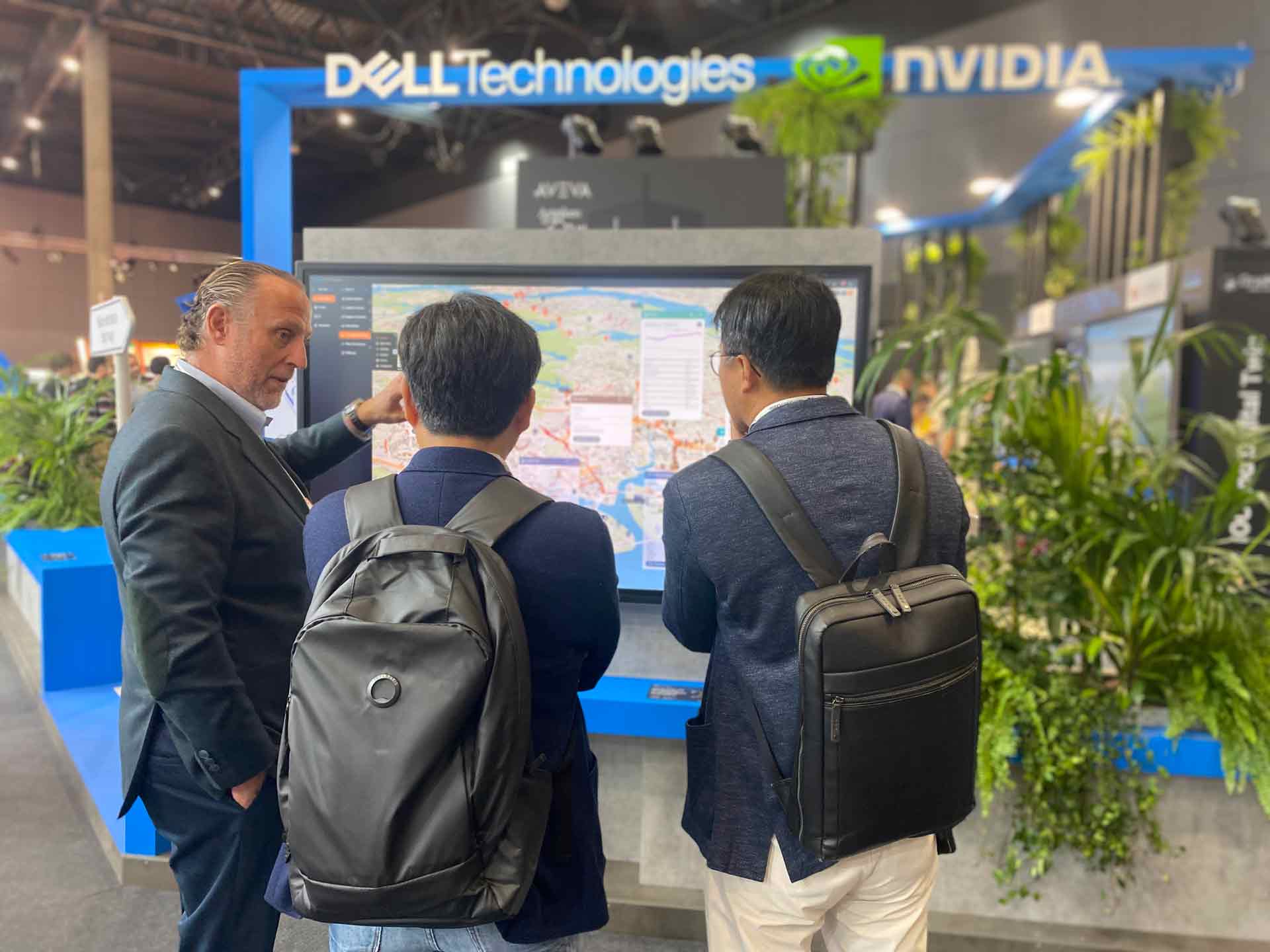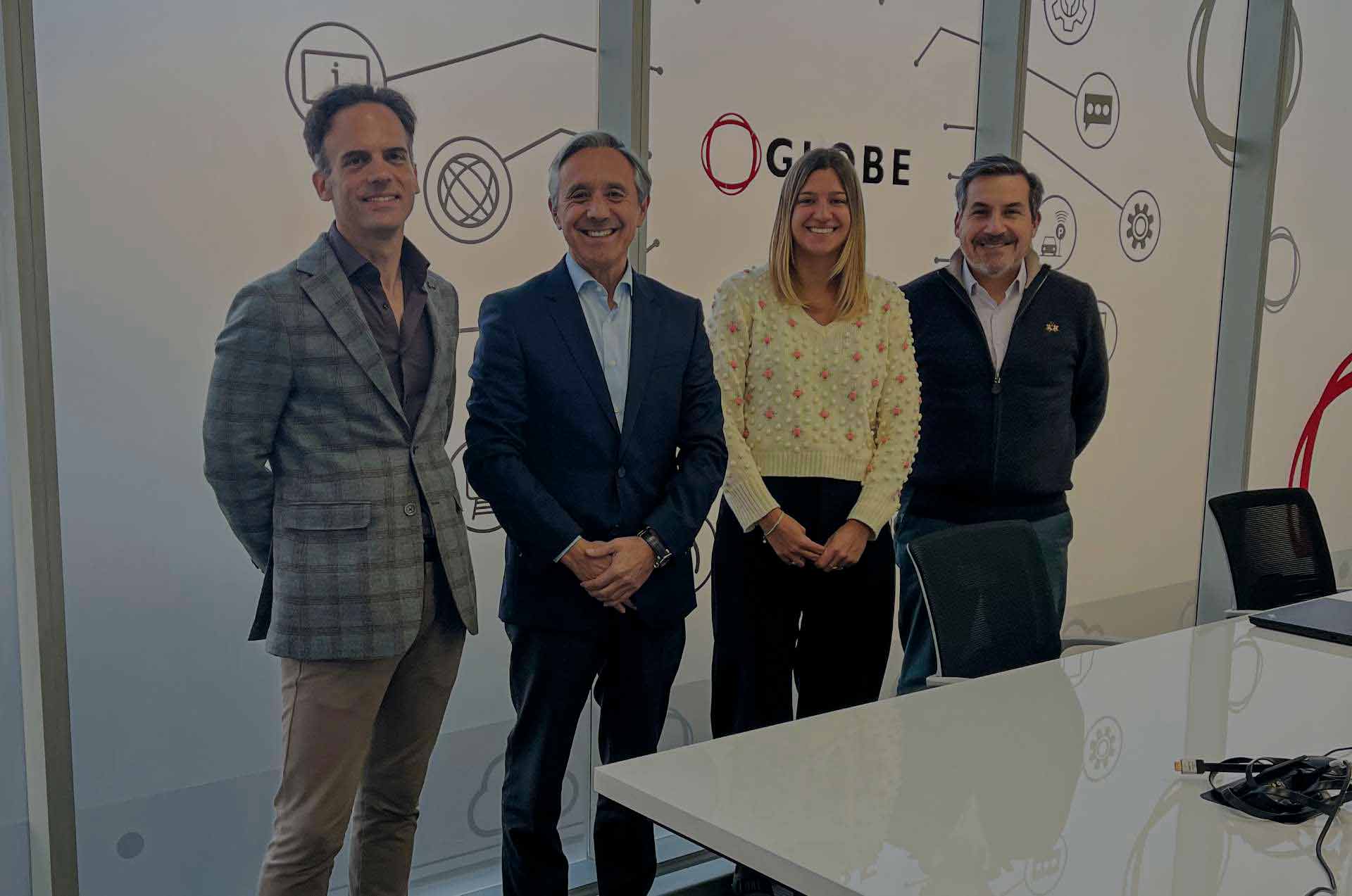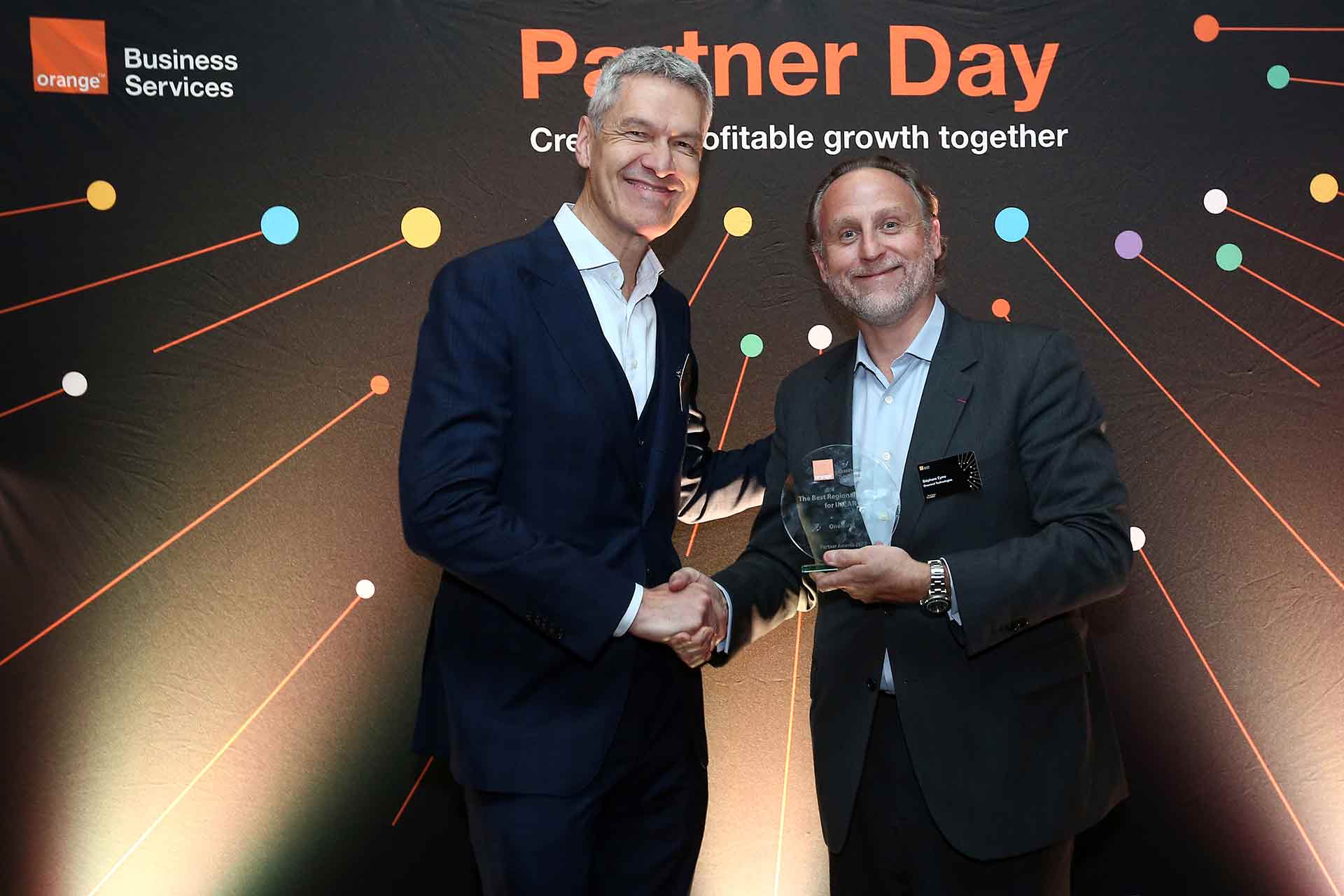Cities today are facing many of the same problems they were facing 100 years ago. We live in a changing world but lingering remnants of history still affect our lives, despite huge leaps in our technological capacities. From congestion and lack of parking to wasteful energy expenditure and environmental pollution, most cities across the globe are losing billions every year due to historically ineffective urban policy and planning.
Given this, both the historical and contemporary contexts of today’s urban challenges should inform the innovative responses to them.
Urban mobility has long been positioned at the nexus of all of these issues, both affecting and affected by different urban socio-political and environmental factors – from economic and technological development to local and geopolitics, to beliefs about liveability and the environment. If cities manage mobility in the right way, it can be a catalyst for the economy: if they don’t, it can slow down development and catalyze other issues. This means that innovating urban mobility is at the heart of creating the future city. As with other aspects of cities, we must use history to grasp why things are the way they are today when it comes to urban transport, at the same time as understanding the specific, current challenges and trends emerging in this area. In this article, we will therefore briefly examine the factors behind cities’ present mobility situation, before exploring the key macro-trends in mobility today. We will then look at how municipalities can place themselves at the center of mobility innovation in their cities.
Cities have to both regulate and innovate
Traffic is an unforeseen consequence of a technology – in this case, the car – being introduced into cities for the first time without city governments having the right foresight or knowledge to implement sufficient regulation. As is predicted to happen with Artificial Intelligence (AI), cars were to have a far greater effect on our lives and on our planet than we could have envisaged at the time. What we can learn from the history of the car and urban planning is that cities have to both regulate and innovate and that both past and present must be accounted for. Today, cities are facing the same challenges as 100 years ago but in a different context: they are competing with each other to attract talent, dealing with mass urbanization, and heavily under pressure to conform to global climate standards.
Mobility plays a huge role in all of this, so it’s no surprise that there are many new innovators and disruptors in the urban mobility space coming up with fresh ideas about how to improve urban mobility in our changing world.
The key macro trends happening in urban mobility right now:
Electrification
Over the last 5-6 years, the number of electric vehicles in use has increased significantly. One major reason for this is that the cost of batteries has been reduced by 65% year on year during this time, meaning that kilowatt cost is under 100 dollars. Increasing electrification of cars should entail at least one major benefit: a reduction in tail-pipe and CO2 emissions. Electrification of public transport will also be increasingly important since this has a particularly high impact: urban public transport vehicles run up to 16 hours per day, compared to less than one hour for the average conventional car.
Autonomy
Autonomous vehicles are vehicles that ‘sense’ their surrounding environment in order navigate without a human driver. Although the technology is still being developed, it is estimated that by 2025, the car market for only partially autonomous vehicles will be at 36 billion U.S. dollars, with the regular vehicle market very far behind at 6 billion U.S. dollars. Autonomous vehicles are likely to play a major part in solving the first and last-mile transit problem, heavily associated with urban sprawl and suburbia. When autonomous cars come into play, they will both eliminate the cost of the driver and be electric and, therefore, even less expensive. This means that the unit economic cost per km in the suburbs will likely become as low as for Uber in cities. The adoption and development of autonomous vehicles will vary depending on the city, but it will likely have a huge impact in some way in every urban center. For instance, if Mexico City adopted autonomous vehicles today, it is estimated that 7400 dollars could be saved per user every year.
These trends are leading to new forms of urban mobility that will change the way we will live. Combined with other phenomena such as urbanization and the disintermediation of public mobility services, we are moving into an era of ‘seamless’ or ‘frictionless’ mobility offered increasingly by private service providers, notably disruptive technology startups.
What can cities do to keep on top of these trends?
In the midst of all of this disruption, and in an era where new technologies are difficult to predict and regulate, how can municipalities be involved in urban mobility innovation? The answer is data and control. Municipalities are increasingly recognizing the need to move from an action-driven approach, where they manage mobility and public services to promote public transport usage, to a passive disintermediation or facilitation approach.
Many local governments across the world are now actively encouraging private-sector service providers to innovate, often in a public-private partnership (PPP) model, and positioning themselves in a controlling or regulating role.
This means monitoring: in order to improve their control and disintermediation of public services, municipalities need to understand what’s going on in their city at any given moment, and then create and promote new regulatory measures.
Monitor urban mobility through digitization
One of the main ways to monitor real-time situations is through digitization and operational intelligence. When digitized assets such as parking spaces, cars, and shared bikes and scooters are integrated into one Operational Intelligence (OI) solution, cities can make decisions based on real-time mobility information. The insights produced by real-time intelligence enable operators, such as city mobility operators, to understand the performance of the different mobility assets, make predictions, improve efficiency and even prevent disasters. This gives them greater capacity to make the right operational decisions and engage important stakeholders, like citizens. As OI software learns from past actions through AI (specifically, machine learning), the software can improve its own decision-making processes.
Through OI solutions, municipalities can connect software solutions that are normally limited to the city control room of cities to a multiplicity of data sources – from Uber, TomTom, and people tracking systems, to ambulance locations, traffic light management systems, and camera systems, to light systems and bike sharing systems – you name it. This allows municipalities to gain real-time data about what’s happening all over their city within one control room.
Why is real-time mobility visibility important?
Having total visibility allows cities to predict, act and engage. Through real-time and accumulated long-term data, cities can adapt existing and create new systems and regulations to accommodate new technologies with concrete evidence about what’s happening on the ground. For example, when autonomous vehicles become more widespread, some people may buy them and ‘uber them out’. This will require the municipality to instigate new tax laws to regulate people making a profit from their privately-owned autonomous car(s). But first, they will need to know who owns the car, how they use it, how many journeys the car takes each day, and how much they charge per journey. This kind of data will be key to regulating both predictively and retrospectively.
